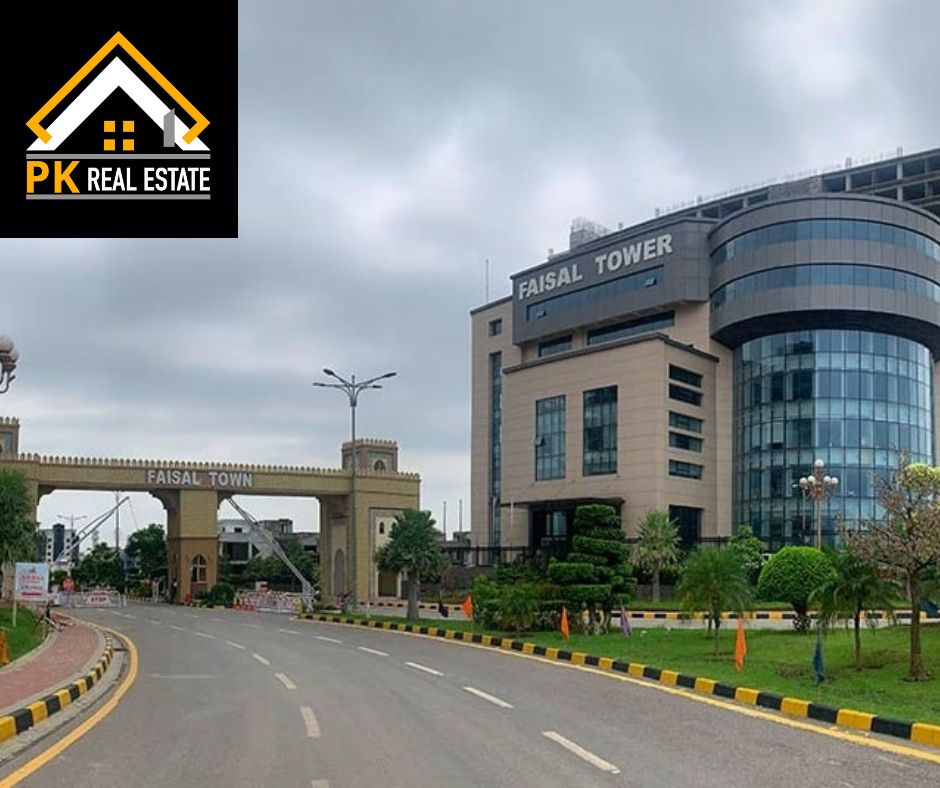In the past few years, “blockchain” has become a buzzword among developers and businesses that want to simplify operations, make sure they are safe, and get more information. But the idea has also sometimes been misunderstood because of the game of telephone. Many people don’t understand its real-world benefits, use cases, and how to implement it.
Here, we’ll talk about what blockchain is, what its benefits are, how to make a blockchain solution, and a lot more.
Let’s understand – Blockchain Development!
Blockchain development is the process of making shared, unchangeable, distributed ledger technology (DLT) that records transactions and keeps track of assets within a network. These assets can be physical, like money or real estate, or intangible, like copyrights.
It’s useful in many different fields because it lets people share information quickly, accurately, and safely. Whether you’re keeping track of orders, accounts, payments, production, or other kinds of data, a blockchain network lets members who have permission to do so send and store information in a transparent way.
Blockchain development can lead to many benefits, but you need to know what blockchain is and how it works before you can use it.
How Blockchain Technology works?
Organizations can use blockchain to keep track of and trade almost anything without having to worry about making duplicate records or making up data. How it works is as follows:
Build a block
A transaction happens and is sent to all of the nodes in the network. Each node in the network has to check the transaction, and if they all agree, the transaction is approved and all of its information is put into a block. (You can record names, places, times, costs, or any other kind of information in your block.)
Link blocks
Each database block can only hold a certain amount of information. When it’s full, it makes a new block. A unique code called a “hash” is used by the new block to link back to the previous block. If the transaction is changed in any way, the hash also changes. This makes it easy to see if the transaction has been tampered with. This connection creates a data chain that shows how the asset moves (either in terms of literal location or ownership).
Also Read Here: Things To Consider For NFT Blockchain Development
Join the line
To make a blockchain, all transactions are locked together in a way that can’t be changed. Every time a block is added to the chain, the network uses the same consensus method to confirm the block(s) before it. This makes the whole blockchain more reliable. This method is very safe and stops fraud, so everyone in the network can rest easy knowing that the ledger of transactions is correct.
Blockchain’s History: Not Just for Bitcoin
It’s important to understand that blockchain and Bitcoin are not the same thing. People often use the terms “blockchain” and “cryptocurrency” interchangeably because Bitcoin was the first thing that blockchain was used for. However, the technology has many other uses.
Blockchain technology is great for keeping track of cryptocurrency transactions, but it is also often used to keep track of other assets. When businesses started to realize this, they started investing in blockchain as a way to streamline operations, break down data silos, improve transparency, and lower transaction costs. Today, many different types of businesses use blockchain technology to make more money.
Blockchain Real Use-Cases
Investing in blockchain development can help many different industries improve their operations and gain a competitive edge.
- Healthcare: Safer records of patient information; more trust in clinical research
- Real Estate: Accurate records of who owns land and other property
- Finance: Reducing the cost of payments, taxes, and middlemen around the world; keeping money from being laundered
- Voting: Keeping ballots from being duplicated to make sure they are correct
- Supply chain: Accurately keeping track of goods from suppliers to customers
Key Benefits of Implementing Blockchain Solutions
Implementing enterprise blockchain solutions can help both organizations and the developers who work for them in the following ways:
Increased transparency:
When a transaction happens, the network must validate it. This means that everyone must agree that the information tied to the transaction, especially the hash, is correct and that the transaction is valid. So, all members of the network can see the whole history of each transaction in the distributed ledger. So, if something changes in one record, it changes in all other records as well. This way, information is always correct, safe, and clear to all members.
Reduced risk of fraud:
No matter what a company buys or sells, its transactional history can be complicated, especially if an asset changes hands or locations often. When everything is written on a blockchain, you have instant access to a full audit trail that shows the history of an asset. Each previous, immutable record of a transaction on the blockchain stops fraud and proves that the transaction is real.
Increased speed and efficiency:
If you’re still keeping track of transactional records with manual, out-of-date tools like paper documents, spreadsheets, or third-party systems, you’re probably wasting valuable time that you could spend on more important tasks. Such old ways of doing things are prone to mistakes and need to be done twice, which takes a lot of time. Blockchain automates and simplifies the process. It gets rid of workflow bottlenecks and makes sure that everyone is working from the same, up-to-date ledger.
Decreased costs:
Less money spent on things that aren’t necessary can help you grow faster and improve your bottom line. Blockchain gets rid of the need for other third-party middlemen without sacrificing accuracy or trust. Members of the network check everything through consensus, so you don’t have to waste time reading through trade documents.
How to Recognize when to use Blockchain Technology for Development
Blockchain has a lot of good points, but it’s important to remember that it’s not a silver bullet for every company or platform. Before you decide if blockchain development is right for you, you should always ask these important questions:
- Do you need somewhere to keep information? If so, you might not need to rush to use blockchain right away. First, you should think about how much data you want to store. For example, if you run a small business, it’s probably not worth the investment, and you can get by with just storing data locally. On the other hand, blockchain can give you a fully transparent, up-to-date ledger that’s easy for everyone to use if you have a large business that needs to store a lot of data, keep track of multiple databases, and let a lot of people use it.
- Does your data need to be shared and changed often? Using blockchain technology can cut down on the time it takes to keep track of data manually and on paper. Say that your business depends on data that is always changing and is based on the past. In that case, you might need a blockchain solution that automates the process, lets multiple members add entries, and stops data from being changed.
- Does your business have trouble moving things along because it takes too long? Even though blockchain can get rid of barriers that slow down certain workflows, it doesn’t usually offer very fast transactions without an accelerator. If application security is more important than transaction speed, then a blockchain solution is the better choice.
- Do you need permission from a third party? For data control and authentication, some businesses need a third party. Blockchain won’t make sense to them. But blockchain can provide full transparency and consensus validation for businesses that don’t use a third party. It also cuts down on the costs and delays that come with going through a middleman.
How to Build a Blockchain Solution from Scratch
Building a blockchain solution takes a lot of time and research, and the best way to do it depends on your business. But you’ll need to follow some key steps to develop, no matter what your needs or goals are.
Step 1: Find a problem you want to solve
It’s easy to get excited about all the good things a blockchain solution can do. But remember that there is no one answer that works for everyone. You should first make sure you know exactly what you want to do. Look at your business’s overall needs and compare them closely to the high-level use cases of blockchain development that we’ve described above.
It can be helpful to write down a clear problem statement that lists all of the problems you want to solve. Check again to make sure that a blockchain solution can actually solve these problems. Then, decide if you need to move your current solution to a blockchain application or build an application from scratch.
Step 2: Draft Your Business Requirements
Next, you’ll need to write down your business requirements so that nothing gets missed. Think about which on-chain and off-chain technologies you’ll need for a full ecosystem. You can use these details to make a more concrete product roadmap that will help you meet deadlines and figure out what resources you need.
Step 3: Find a way to reach a consensus
The next step is to find a consensus mechanism, which is a type of method used in a decentralised computer network to build trust, safety, and agreement. There are a lot of ways to reach a group decision, but some of the most popular ones today are:
- Work samples
- Evidence of stake
- Byzantine fault-tolerant
- A consensus based on deposits
- Proof that time has passed
Your consensus mechanism will depend a lot on the needs and goals of your business, so make sure you take the time to look into each one and figure out which one will work best for you.
Step 4: Pick the best blockchain platform
Choosing the right platform for your blockchain application is important because it will affect the skills your development team will need. For proper development, the whole process takes a lot of research and time, so make sure you choose the platform that works best for your business.
When deciding between your options, you should think about the problems you want to solve, how to reach a consensus, how much it will cost, what developers will need, and how long it will take.
Step 5: Make your blockchain nodes
It’s important to figure out if you need a permissioned or permissionless blockchain network, which programming languages you’ll use, and any other factors that could affect development. Do your business needs require a private, public, or hybrid solution? Will the nodes of the blockchain run in the cloud, on your own computer, or both? Which operating system (such as Ubuntu, CentOS, Debian, Windows, or Red Hat) will your app run on? In this step, there are a lot of things to think about, so make sure you look into all of your options and compare them to your goals, resources, and budget.
Step 6: Plan how you will set up your blockchain
Most blockchain platforms require you to plan for a number of configuration elements, such as:
- Permissions
- Asset issuance
- Asset re-issuance
- Atomic trade-offs
- Key management
- Multi-signatures
- Parameters
- Local assets
- Types of addresses
- Main types
- Don’t let people sign
- Hand-shaking
Keep in mind that some of these things can be changed at run time. Still, the best way to make sure development goes well is to plan ahead.
Step 7: Create APIs
Some platforms come with application programming interfaces (APIs) already built in, but others don’t. Depending on your needs, you might need to build APIs for:
- Key pairs and addresses are made.
- Doing things that have to do with auditing
- Authentication of data (through digital signatures and hashes)
- Data storage and retrieval
- Smart-asset lifecycle management
- Smart contracts
Step 8: Make the interface
After you have a plan for the whole app, you can start making the user interface (UI) for each piece of software. The UIs on the back-end will work with the APIs you’ve made: Visual designs affect how an app looks as a whole, while technical designs affect how the app is put together.
Step 9: Choose an accelerator to improve your blockchain application
How do you know that your blockchain app will work when you put it into use? Blockchain applications that do a lot of computing need a hardware accelerator to improve performance, give them more options, and make the best use of power.
Accelerators also help improve different parts of blockchain, such as validating transactions, managing the network, and storing data. They are important for saving both time and storage space because they spread transaction loads across multiple parts to speed up and increase the number of transactions.
Use a Blockchain Development company to get the best results.
Blockchain development is a very smart investment, but only for businesses whose problems can be solved by the features and functions that blockchain promises. When used correctly, a blockchain development company can provide transparency, operational efficiency, and lower costs that can’t be found anywhere else. But you need to use the right technology with that solution to get the most out of your investment.








